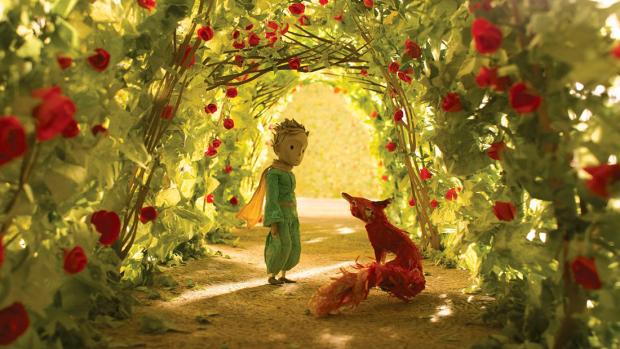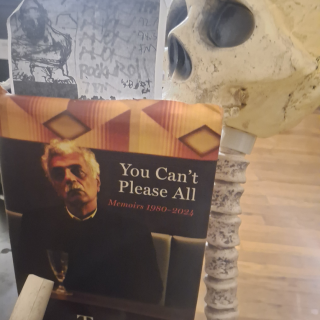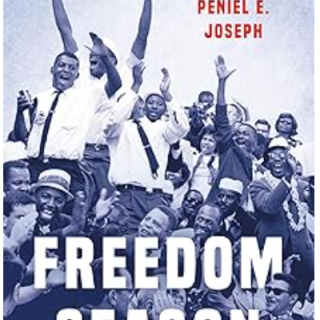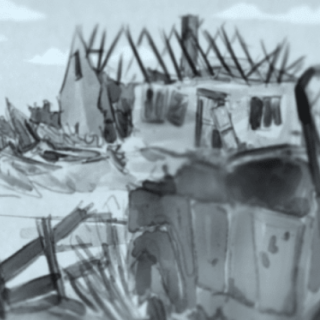What happens when you want to turn a popular work of literature into cinema but it’s not long enough to serve your purposes?
In the case of Tolkien’s The Hobbit, director Peter Jackson simply padded the story out so much that he was able to stretch the novel into not one, not two, but three super-sized films.
Director Mark Osborne (Kung Fu Panda) has taken a different approach with Antoine de Saint-Exupery’s classic children’s book, The Little Prince. The beloved tale is so simple and concise that there wasn’t enough content to stretch into even one feature-length film. Osborne’s solution: Embed the original story into another story set in contemporary times.
First appearing in French in 1943, The Little Prince is the illustrated tale of an aviator who crash-lands in the desert with only eight days’ worth of water. He’s feverishly working to fix his plane when he meets a young boy who claims to be a visitor from another planet—or, actually, an asteroid. The boy has left his tiny home after a tiff with his true love: a beautiful, but vain, rose.
As the aviator continues his repair work, the boy talks about what he’s learned from his botanical romance and from his travels to other worlds. Without ever preaching, the little book imparts nuggets of wisdom about the difference between children and adults, with the suggestion that the former have a better handle on what’s really important in life.
All of this is included in Osborne’s animated version, but it’s sandwiched into a larger story about the growing friendship between an otherwise unnamed Little Girl (voiced by Mackenzie Foy) and her eccentric neighbor, an aging version of the Aviator (Jeff Bridges). The two meet during a hectic summer when the Little Girl is being pushed by her mother (Rachel McAdams)
to spend all of her time improving herself in hopes of being accepted into an exclusive school.
Osborne and his screenwriters have no trouble finding parallels between the original tale and that of the Little Girl, who has been asked to sacrifice her childhood in order to meet goals imposed on her by adults. The result is a film that, for most of its running time, is charming, enjoyable and fairly true to its source material. Toward the end, however, they take us to a nightmarish dystopian world for an extended sequence that not only changes the outcome of the book but seems out of tune with its gently philosophical nature.
Many fans of Saint-Exupery’s tale are likely to quibble over such excesses. On the other hand, the film’s acting should raise few complaints. Besides those already mentioned, the top-drawer voice cast includes Marion Cotillard, James Franco, Benicio Del Toro, Ricky Gervais, Albert Brooks, Paul Rudd and Paul Giamatti.
Even more impressive are the film’s visuals. In order to draw a distinction between the original tale and the contemporary story that serves as a framing device, Osborne employs two different styles of animation. The Little Prince’s adventures are depicted with stop-motion animation inspired by Saint-Exupery’s drawings, while the Little Girl’s saga is depicted with modern computer-generated animation. The differences between the two are subtle enough to avoid jarring segues when the action shifts from one world to the other.
On a big screen, in 3-D—as I saw it during a special screening at the Wexner Center—The Little Prince is a beautiful experience. Unfortunately, viewers are currently limited to watching it on their TVs or other personal devices. There has been talk of releasing the film in theaters in order to drum up interest in Oscar consideration, but, for now, fans of the book will have to satisfy their curiosity by streaming it online.
Rating: 3½ stars (out of 5)
The Little Prince, rated PG, is available through Netflix.




